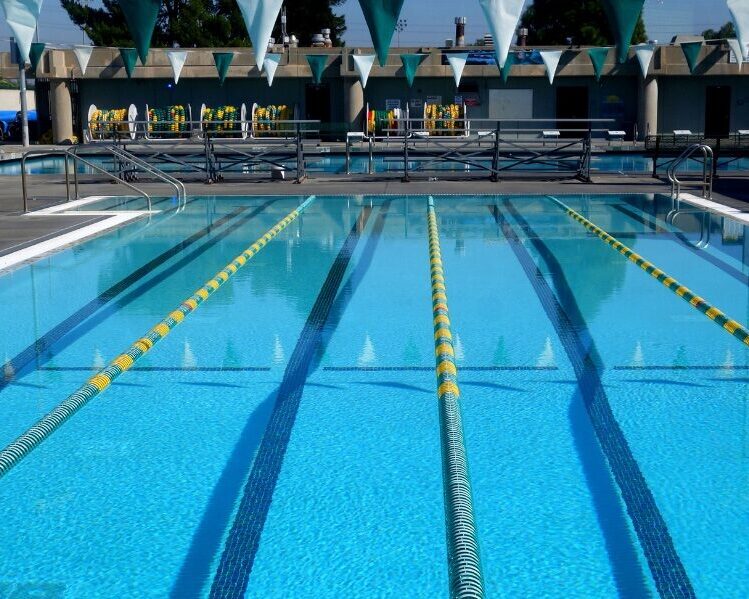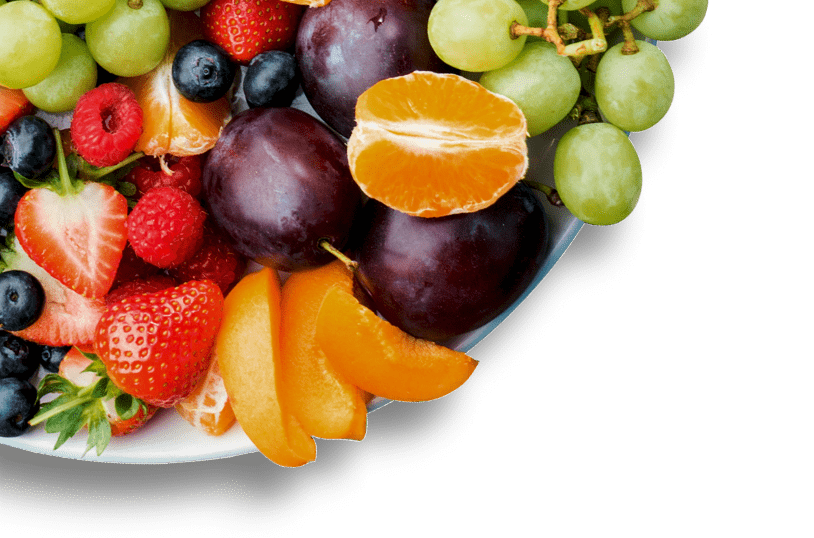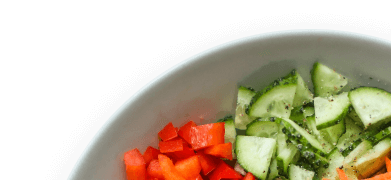Healthy Choices: policy guidelines for sport and recreation centres
The Victorian Government’s Healthy Choices guidelines help make sure that healthy foods and drinks are offered and promoted in sport and recreation centres.

Why you need to know these guidelines
Many Victorians participate in sport or physical recreation, and many more are involved as spectators, supporters and sponsors. Sport and recreation centres reach a substantial proportion of the population and are well placed to support individuals and communities seeking a healthier way of living.
The guidelines in a snapshot
The policy guidelines outline all of the steps needed to provide healthier food and drinks within sport and recreation centres. They include:
-
Understanding the Healthy Choices framework and it’s benefits for sport and recreation centres
-
Understanding the food and drink standards including the traffic light classification
-
The five steps to implementation
-
Using the healthy eating policy template
-
Using the food service and/or agreement template
-
Additional resources and useful information
Implementing the Healthy Choices guidelines provides a range of benefits to your centre, employees and visitors
The policy guidelines will
Following the policy guidelines will help support the implementation of Healthy Choices in sport and recreation centres by assisting:
- Your centre to meet the food and drink standards
- Local councils to incorporate Healthy Choices in tender and contract specifications for management of public sport and recreation centres
- Incorporate Healthy Choices in organisational health and wellbeing policies, tenders, contracts and leases with food and drink suppliers, contracts and leases with user groups
The intent is to enhance the health of staff and visitors by increasing availability and promotion of healthier food and drink choices and reducing availability and promotion of less healthy choices.
Sport and recreation centres must meet all food and drink standards to meet the policy guidelines.
What are the food and drink standards
-
Foods and drinks provided in retail outlets and vending machines
Healthy options are offered and encouraged in line with the Healthy choices: food and drink classification guide:
• At least 50 per cent of foods and drinks available are GREEN
• No more than 20 per cent of foods and drinks available are RED -
Food and drink advertising, promotion and display
• GREEN foods and drinks are actively advertised and promoted and prominently displayed
• AMBER foods and drinks may be advertised and promoted, but not at the expense of GREEN choices
• RED foods and drinks are not advertised or promoted or displayed in prominent areasIn addition:
• the organisation’s logo is not used alongside RED foods and drinks
• RED foods and drinks are provided in the smallest size available -
Catering provided by the organisation at meetings and events
Healthy options are offered and encouraged in line with the Healthy choices: healthy eating policy and catering guide for workplaces:
• The majority of foods and drinks provided are GREEN
• AMBER foods and drinks are provided in small quantities only
• No RED foods and drinks are provided.User groups providing catering (for example, sports clubs) should ensure catering provided complies with the guidelines in this standard
-
Water
Clean and safe tap water is always available free of charge (for example, from water bubblers and/or food outlets) in high traffic areas
-
Fundraising activities, prizes and giveaways
Fundraising that promotes unhealthy foods and drinks is discouraged, and healthier options or fundraising opportunities not related to foods and drinks are supported.
No RED foods and drinks are supplied as awards, give-aways, gifts and vouchers for children and youth
-
Sponsorship and marketing
Organisations do not engage in sponsorship, marketing, branding or advertising to children and youth of foods and drinks inconsistent with Healthy Choices
-
Infrastructure to support healthy foods and drinks
The physical environment supports preparation and provision of healthy foods and drinks, for example:
• water dispensers are positioned in staff rooms, public areas and food and drink retail outlets
• food and drink retail outlets have space to prepare, store and display healthy items (for example, preparation benches, refrigeration space, display cabinets)
• facilities are available for staff to prepare and store healthy foods and drinks (for example, staff fridge and freezer, preparation space, microwave, sandwich maker)The physical environment does not support preparation and provision of unhealthy foods and drinks, for example:
• retail outlets are discouraged from using deep fryers and other equipment that is primarily used to prepare unhealthy items
-
Supporting breastfeeding
Strategies to support breastfeeding are in place.
Organisations may wish to participate in the following programs from the Australian Breastfeeding Association:
• ‘Breastfeeding Welcome Here’
• ‘Breastfeeding Friendly Workplaces’
Where do they apply
- recreation centres
- swimming pools and aquatic centres
- leisure and multipurpose centres
- food and drink retail outlets such as cafes and kiosks
- food and/or drink vending machines
- catering provided by an organisation for meetings, functions and events
- fundraising activities
- rewards, incentives, gifts, prizes and give-aways
- advertising, promotion and sponsorship
The guidelines apply to all foods and drinks, whether freshly made on the premises or supplied prepackaged. The guidelines do not apply to foods and drinks brought from outside the organisation for personal use.
The benefits of implementing Healthy Choices
Benefits to the centre
By applying healthy choices you will find a range of benefits to your centre including:
- communicate consistent messages about healthy eating and healthy lifestyles to the community
- create a family-friendly environment that encourages health and community participation
- demonstrate leadership and drive change in the system by encouraging demand for healthier choices
- potentially increase revenue due to purchasing healthier options.
Benefits for employees
Employee employee engagement, satisfaction and productivity can improve as well as an increase in employee retention and reduced absenteeism
Benefits for visitors
Having healthier food and drink options for visitors will increase their energy and reduce their likeliness of becoming sick
FoodChecker
FoodChecker is our free online tool to identify GREEN, AMBER and RED food and drinks according to the Healthy choices classification guide. Save time by entering your food and drink items to get an instant report.
Visit FoodChecker
Written and reviewed by dietitians and nutritionists at National Nutrition Foundation, with support from the Victorian Government.

Popular resources referencing this guideline
Featured recipes
Explore all recipes


Unsure what guidelines apply to you?
Our goal is to empower organisations through expert, innovative and evidence-informed nutrition and healthy eating support.
Register your interest
"*" indicates required fields







